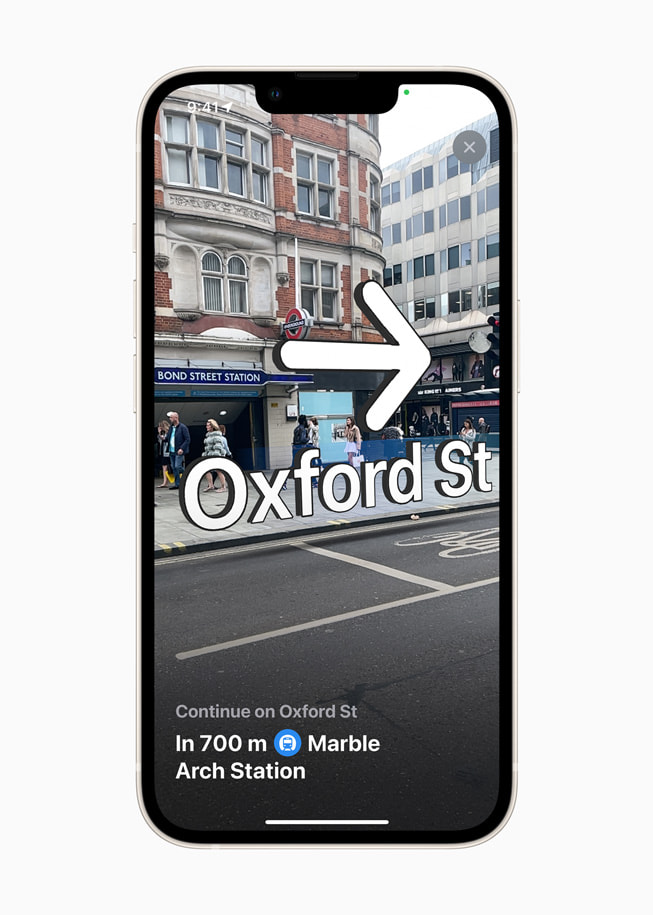Mapping 1968, Conflict and Change
An Opportunity for Interdisciplinary Research
When: Friday, September 28, 8:30am-3:00pm
Where: Wilson Research Collaboration Studio, Wilson Library
Cost: Free; advanced registration is required
1968 was one of the most turbulent years of the 20th century. 2018 marks the 50th anniversary of that year’s landmark political, social and cultural events–events that continue to influence our world today.
Focusing on the importance of this 50 year anniversary we are calling out to all faculty, staff, students, and community partners to participate the workshop ‘Mapping 1968, Conflict and Change’. This all-day event is designed to bring people together into working groups based on common themes. Bring your talent and curiosity to apply an interdisciplinary approach to further explore the spatial context of these historic and/or current events. Learn new skills on mapping techniques that can be applied to any time in history. To compliment the expertise that you bring to the workshop, working groups will also have the support of library, mapping, and data science experts to help gather, create, and organize the spatial components of a given topic.
To learn more and to register for the workshop, go here.
Workshop sponsors: Institute for Advanced Studies (IAS), U-Spatial, Liberal Arts Technologies & Innovation Services (LATIS), Digital Arts, Science & Humanities (DASH), and UMN Libraries.
https://www.goodreads.com/book/show/5114403-early-thematic-mapping-in-the-history-of-cartography – symbolization methods, cartographers and statisticians.
Kevin Ehrman-Solberg ehrma046@umn.edu PPT on Mapping Prejudice. https://www.mappingprejudice.org/
Henneping County scanned the deeds, OCR, Python script to search. Data in an open source. covenant data. Local historian found microfishes, the language from the initial data. e.g. eugenics flavor: arian, truncate.
covenance: https://www.dictionary.com/browse/convenance
Dan Milz. Public Affairs. geo-referencing, teaching a class environmental planning, spatial analysis, dmilz@umn.edu @dcmlz
Chris ancient historian. The Tale of Mediterranean, City: Mapping the history of Premodern Carthage and Tunis.
College of Liberal Arts
from archives to special resources. archaeological data into GIS layers. ESRI https://www.esri.com/en-us/home how interactive is ESRI.
mapping for 6 months. finding the maps in the archeological and history reports was time consuming. once that data was sorted out, exciting.
Kate Carlson, U-Spatial Story Maps, An Intro
patters, we wouldn’t see if we did not bring it up spatially. interactivity and data visualization, digital humanities
making an argument, asking questions, crowdsourcing, archival and resources accessibility, civitates orbis terrarum http://historic-cities.huji.ac.il/mapmakers/braun_hogenberg.html
storymaps.arcgis.com/en/gallery https://storymaps.arcgis.com/en/gallery/#s=0 cloud-based mapping software. ArcGIS Online. organizational account for the U, 600 users. over 700 storymaps creates within the U, some of them are not active, share all kind of data: archive data on spreadsheet, but also a whole set of data within the software; so add the data or use the ArcGIS data and use templates. web maps into the storymap app, Living Atlas: curated set of data: hunderd sets of data, from sat images, to different contents. 846 layers of data, imagery, besides org account, one can create maps within the free account with limited access. data browser to use my own data – Data Enrichment to characterized my data. census data from 2018 and before,
make plan, create a storyboard, writing for the web, short and precise (not as writing for a journal), cartographic style, copyright, citing the materials, choosing the right map scale for each page. online learning materials, some only thru org account ESRI academy has course catalogue. Mapping 101, Dekstop GIS 101, Collector 101, Imagery 101, SQL 101, Story Maps 101,
Awards for UMN undergrad and grad students, $1000
history, anthropology, political science,
Melinda, Kernik, Spatial Data Curator kerni016@umn.edu Jenny McBurney jmcburney@umn.edu
z.umn.edu/1968resources https://docs.google.com/presentation/d/1QpdYKA1Rgzd_Nsd4Rr8ed1cJDAX1zeG7J3exRO6BHV0/edit#slide=id.g436145dc5b_0_23
data2.nhgis.org/main
University Digital COnservancy
civil rights information from the U (migrants blog)
DASH Digital Arts, Sciences and Humanities. text mining data visualization,
data repository for the U (DRUM)
DASH director, https://dash.umn.edu/. Ben Wiggins
The “Mapping 1968, Conflict and Change” planning committee is very pleased with the amount of interest and the wonderful attendance at Friday’s gathering. Thank you for attending and actively participating in this interdisciplinary workshop!
To re-cap and learn more on your thoughts and expectations of the workshop we would be grateful if you can take a few moments to complete the
workshop evaluation. Please complete the evaluation even if you were unable to attend last Friday, there are questions regarding continued communication and the possibility for future events of this kind.
Below is a list of presented workshop resources:
Best Regards-
Kate
—
U-Spatial | Spatial Technology Consultant
Research Computing, Office of the Vice President for Research
University of Minnesota
Office Address
Blegen Hall 420
Mailing Address
Geography
Room 414 SocSci
7163A
++++++++++++++
more on GIS in this IMS blog
https://blog.stcloudstate.edu/ims?s=GIS
